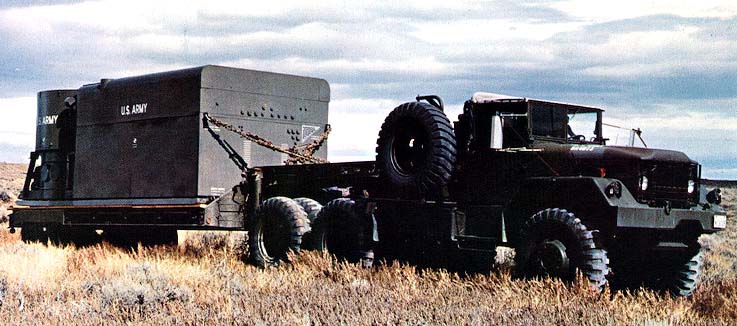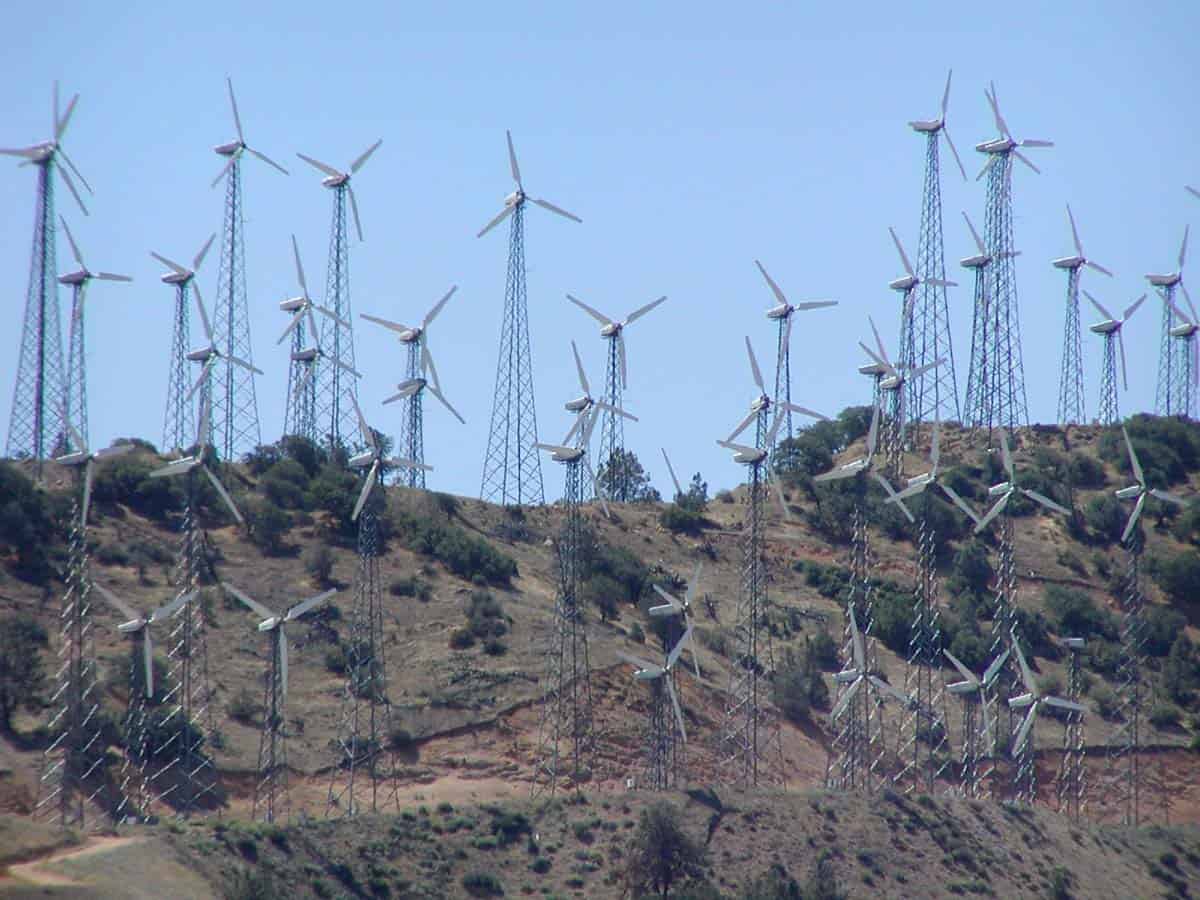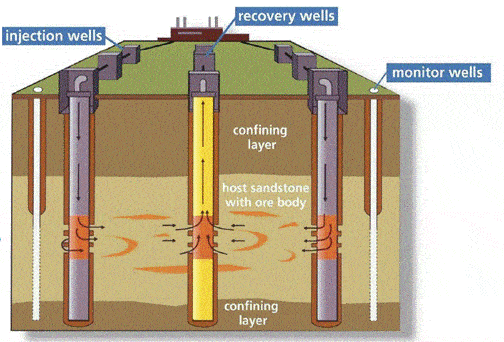Effects of nuclear energy’s battle for inclusion in EU Taxonomy
The EU Taxonomy for sustainable activities (EU Taxonomy) became law in July 2020, but the law left several decisions to be finalized in “delegated acts.” These decisions required additional technical evaluation. The treatment of nuclear energy was one of those technical issues. On December 31, 2021, a draft delegated act was published that recognized that…



